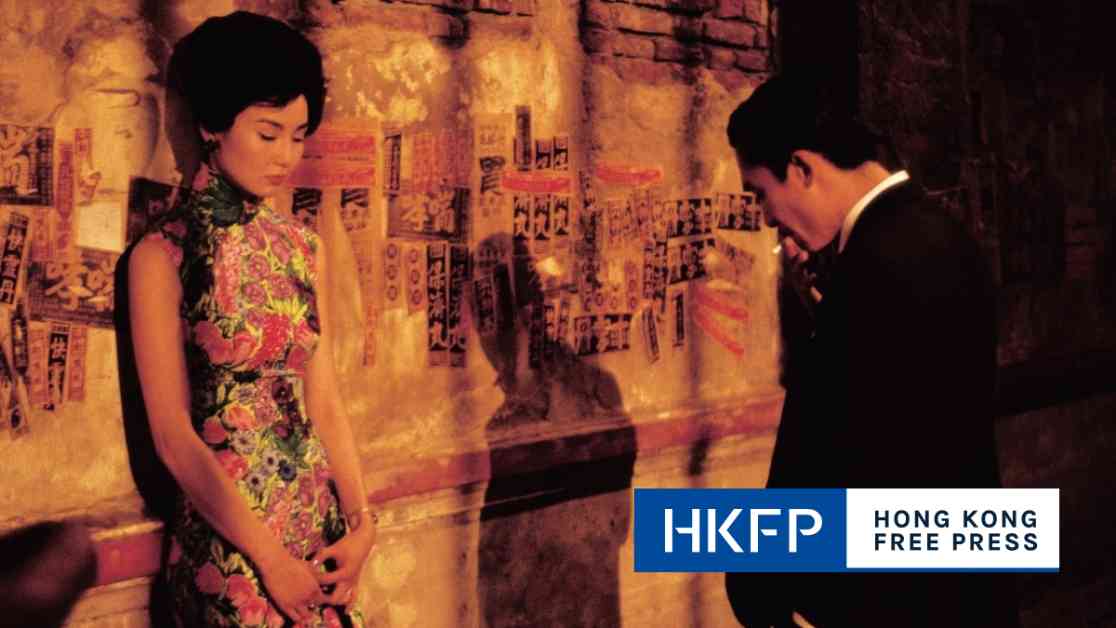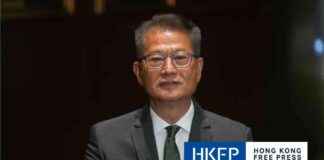Iconic Hong Kong Cheongsam Tailor Yan Kar-man Prepares to Retire: End of an Era
Yan Kar-man, an 88-year-old master tailor in Hong Kong, is one of the few remaining experts in the art of crafting cheongsams, traditional Chinese dresses that have been a symbol of elegance and glamour for generations. With his thick glasses and meticulous stitching, Yan has dressed women from all walks of life, from housewives to movie stars like Michelle Yeoh and Shu Qi. However, after decades of creating beautiful garments, Yan has decided that it is time to retire by the end of September.
The Legacy of the Cheongsam
The cheongsam, also known as qipao in Mandarin, has a rich history that dates back to the Qing dynasty in China. Originally worn by Manchurian people, the dress evolved over time to become a popular garment for women in Shanghai in the 1920s. With its high-neck collars, knee-length slits, and form-fitting silhouette, the cheongsam exudes a sense of sophistication and urban chic. By the 1960s, the dress had become a staple in Hong Kong fashion, with women donning it for everyday activities like shopping in wet markets.
Yan’s Journey as a Master Tailor
Born in Jiangsu province, China, Yan moved to Hong Kong at the age of 13 to work as an apprentice in a tailoring workshop. His talent for crafting cheongsams was quickly recognized, and he honed his skills over the years to become one of the city’s most renowned master tailors. Despite the decline in demand for traditional Chinese dresses due to the rise of Western fashion and mass-produced garments, Yan remained dedicated to preserving the art of cheongsam-making.
The End of an Era
As Yan prepares to retire, he reflects on the challenges facing the craft of cheongsam-making in Hong Kong. With only a handful of skilled artisans left in the city, the traditional technique is at risk of being lost. Brenda Li, an adviser to the Hong Kong Cheongsam Association, emphasizes the importance of preserving the cultural heritage of cheongsam-making, which has been a part of Hong Kong’s identity for over a century. While the demand for custom-made cheongsams has dwindled over the years, there is still a sense of pride in upholding this timeless tradition.
Passing on the Craft
Despite the dwindling interest in traditional Chinese dresses, Yan has been teaching his craft to a new generation of students at a learning center near his workshop. However, he acknowledges that his students still have a long way to go before they can match his level of expertise. The intricate work and attention to detail required to create a cheongsam make it a challenging art form to master, especially in a fast-paced, modern world where trends change rapidly.
The Future of Cheongsam-Making
As Yan prepares to close his workshop and retire, he ponders the future of cheongsam-making in Hong Kong. While the craft may no longer be as prominent as it once was, there is still a niche market for custom-made dresses for special occasions. Older women who appreciate the craftsmanship and beauty of a handcrafted cheongsam continue to seek out artisans like Yan to create unique pieces for them. However, with the passing of Yan’s generation, the future of cheongsam-making in Hong Kong remains uncertain.
Preserving a Cultural Legacy
Yan’s decision to retire marks the end of an era for traditional cheongsam-making in Hong Kong. His dedication to preserving this cultural heritage has been a testament to his passion for craftsmanship and attention to detail. While the craft may be “critically endangered,” as Brenda Li puts it, there is still hope that a new generation of artisans will emerge to carry on the legacy of cheongsam-making in Hong Kong. As Yan closes his workshop and bids farewell to his loyal customers, he leaves behind a lasting legacy of beauty, tradition, and craftsmanship that will be remembered for years to come.



















